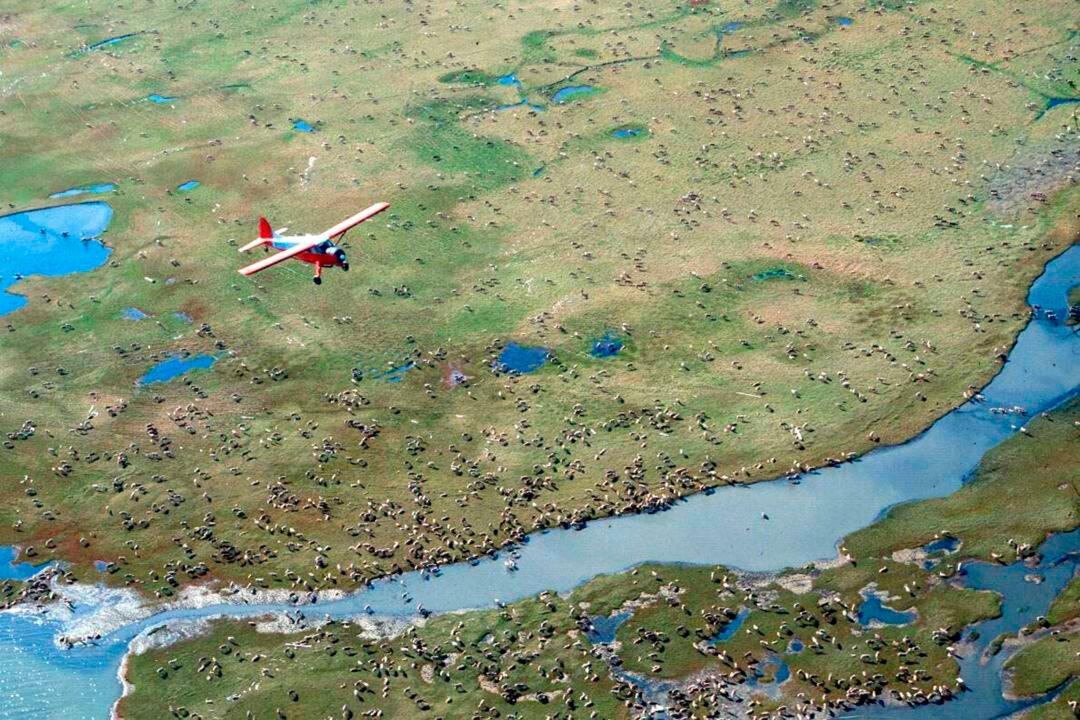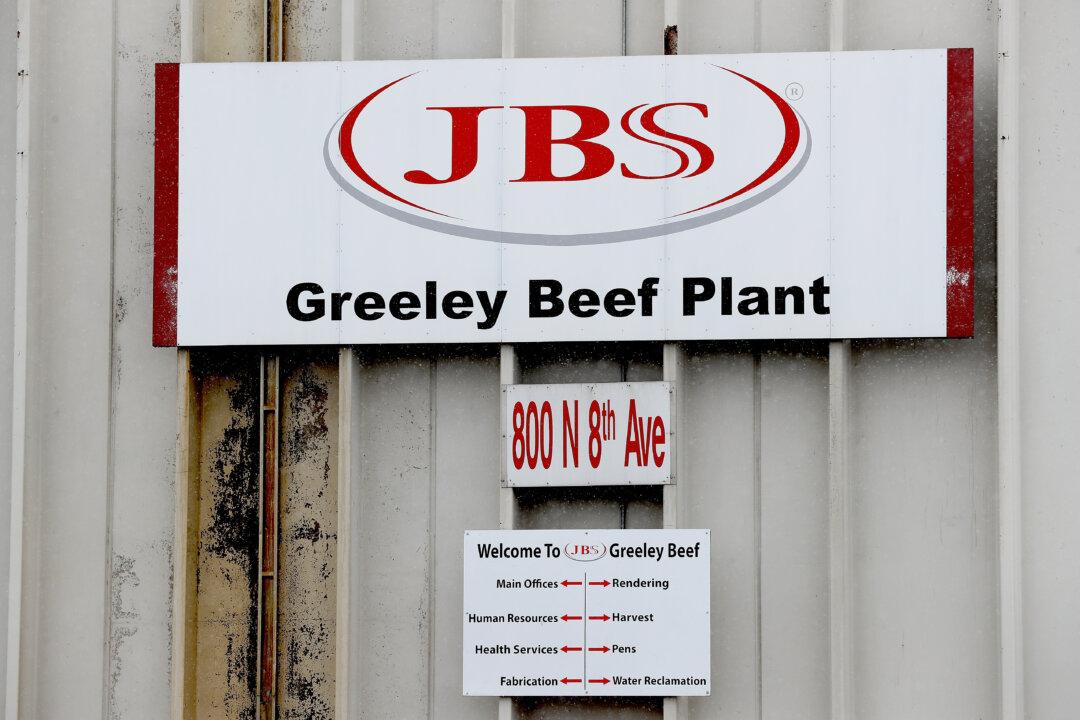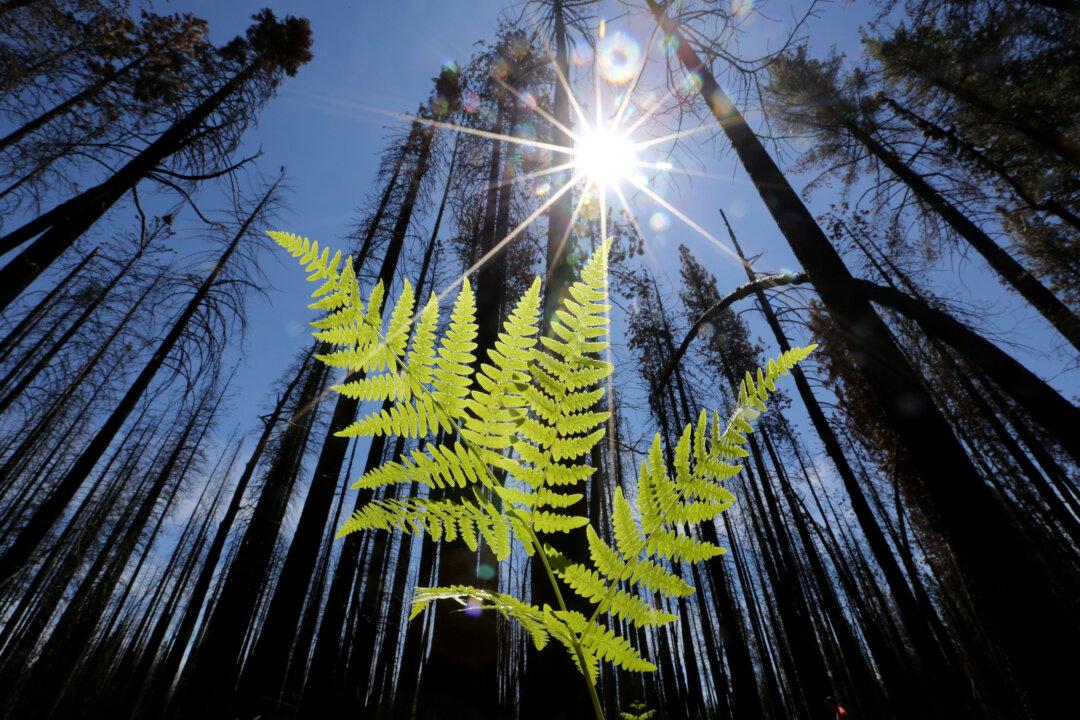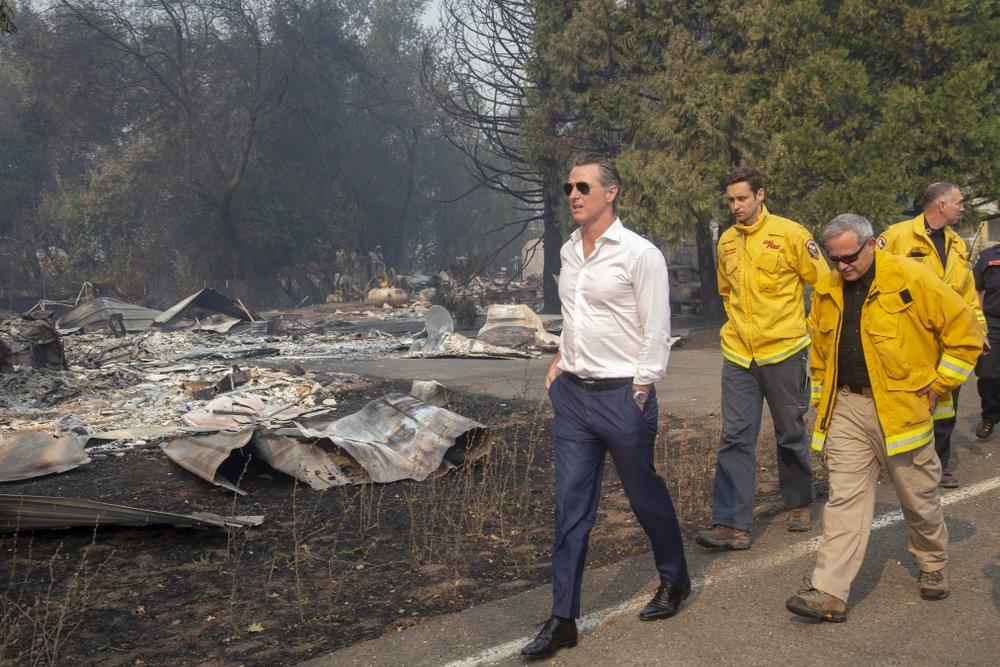Two lawsuits were filed against the Trump administration in a district court in Alaska on Monday, as a raft of environmental organizations challenged the Bureau of Land Management’s (BLM) plan to open the 1002 area of the Arctic National Wildlife Refuge (ANWR) to oil and gas exploration.
In keeping with the Tax Cuts and Jobs Act signed into law by President Trump in 2017, U.S. Secretary of the Interior David Bernhardt signed a decision approving the Coastal Plain Oil and Gas Leasing Program (pdf) in the ANWR on Aug. 17. The decision determines where any leases can be granted and under what conditions on the 1.56 million-acre Coastal Plain, which makes up just over 8 percent of the total area of the 19.3 million-acre wildlife refuge.





